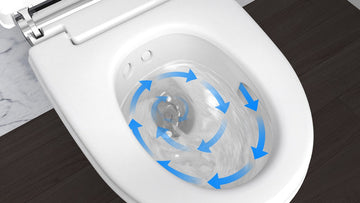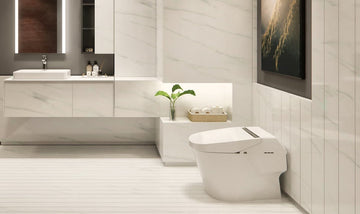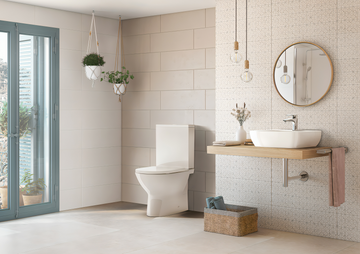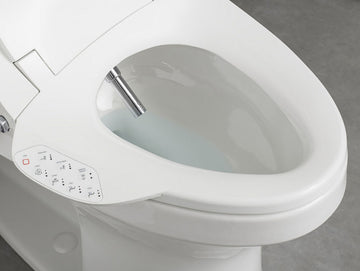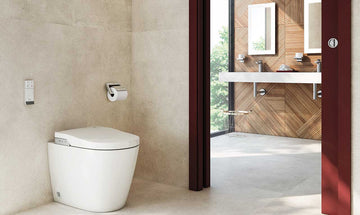In today's world, where water conservation is paramount, owning a water-efficient toilet is a step in the right direction. These toilets are designed to minimize water usage, thus reducing utility bills and contributing to environmental sustainability. However, like any other home fixture, they require regular maintenance to function optimally. This article delves into effective strategies for maintaining your water-efficient toilets, ensuring they serve you well for years.
To begin with, understanding the mechanisms of these toilets is crucial for proper upkeep. By familiarizing yourself with their unique features and potential problem areas, you can prevent issues before they arise. Whether you own a dual-flush or a low-flow model, consistent maintenance practices are key to maximizing their lifespan and efficiency.

Understanding Water-Efficient Toilet Mechanisms
Water-efficient toilets typically come in two main types: dual-flush and low-flow. The dual-flush model allows users to choose between a full flush for solid waste and a reduced flush for liquids, optimizing water use per flush. On the other hand, low-flow toilets use gravity or pressure-assisted technology to minimize water consumption.
Regardless of the type, these toilets are engineered to use less water than traditional models, which often consume up to 3.5 gallons per flush. Modern water-efficient toilets usually use 1.28 gallons per flush or less, significantly cutting down on household water usage.
Routine Maintenance Tips
1. Regular Cleaning
Keeping your toilet clean is the first step in its maintenance. Regular cleaning prevents mineral buildup, which can hinder the toilet's performance. Use non-abrasive cleaners to avoid damaging the bowl surface and internal components. A mild vinegar solution can effectively clean and deodorize your toilet without harsh chemicals.
2. Inspect for Leaks
Leaks not only waste water but can also increase your utility bills. Regularly inspect your toilet for leaks by adding a few drops of food coloring into the tank. If the color seeps into the bowl without flushing, you have a leak. For detailed guidance on leak testing, you can refer to this comprehensive article on how to test your toilet for leaks.
3. Check the Flapper
The flapper is a crucial component in controlling the water flow from the tank to the bowl. Over time, it can wear out, leading to leaks. Regularly check the flapper's condition and replace it if it shows signs of wear or does not seal properly.
Advanced Maintenance Techniques
1. Adjust the Water Level
Maintaining the correct water level in the tank is essential for optimal flushing performance. If the water level is too low, it can affect the flush power. Conversely, if it's too high, it may cause overflow. Adjust the float mechanism to ensure the water level is about an inch below the overflow tube.
For more information on adjusting your toilets water level, you might find this resource on dual-flush toilets helpful.
2. Monitor the Fill Valve
The fill valve regulates the tank's water intake. If you notice your tank is refilling slowly or continuously running, it might be time to clean or replace the fill valve. Mineral deposits can clog the valve, so regular inspection and cleaning are recommended.
3. Professional Check-Ups
While most maintenance tasks can be performed by homeowners, scheduling periodic professional inspections can catch potential issues early. A qualified plumber can provide a thorough check-up, ensuring all components function correctly and efficiently.
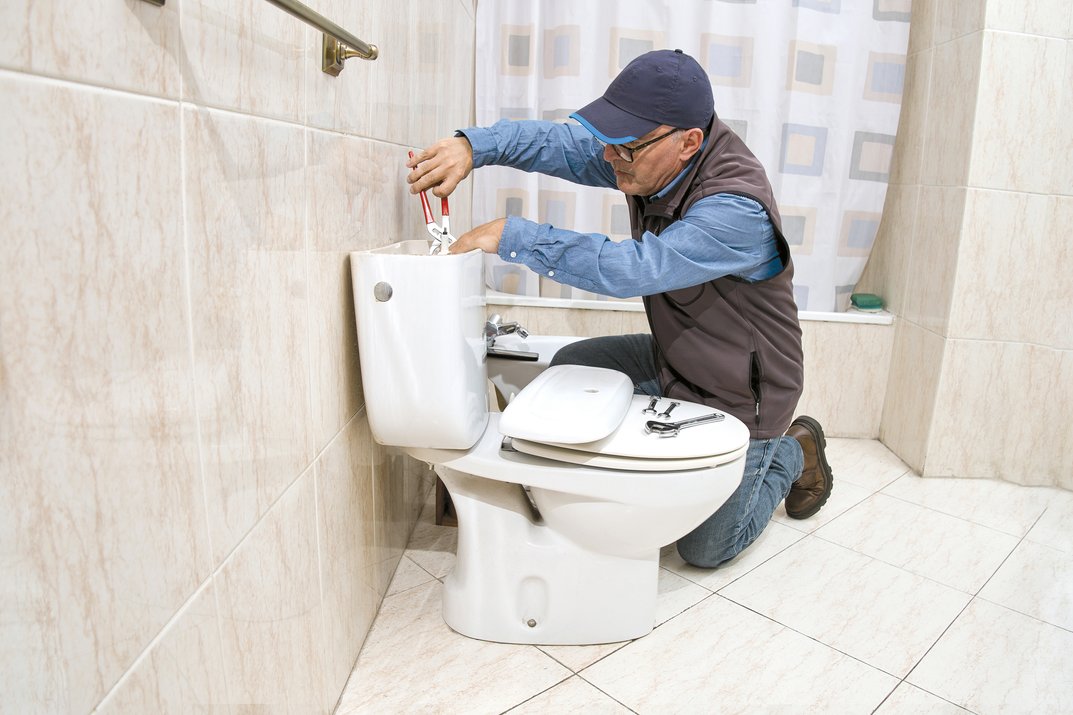
Frequently Asked Questions
How often should I perform maintenance on my water-efficient toilet?
It's advisable to perform basic maintenance, such as cleaning and leak checks, monthly. More in-depth inspections, like checking the fill valve and flapper, can be done quarterly.
Can I use chemical cleaners on water-efficient toilets?
While chemical cleaners can be effective, they might damage the toilet's components if used excessively. Preferably, use mild cleaners or natural solutions like vinegar and baking soda.
What should I do if my toilet is constantly running?
If your toilet continues to run, it might indicate a flapper issue or a malfunctioning fill valve. Inspect these parts for damage and replace them if necessary. For detailed instructions on handling running toilets, check out this article on water-saving toilet history.
For more insights into maintaining your water-efficient toilets, consider exploring related resources like this guide on eco-friendly resolutions.

